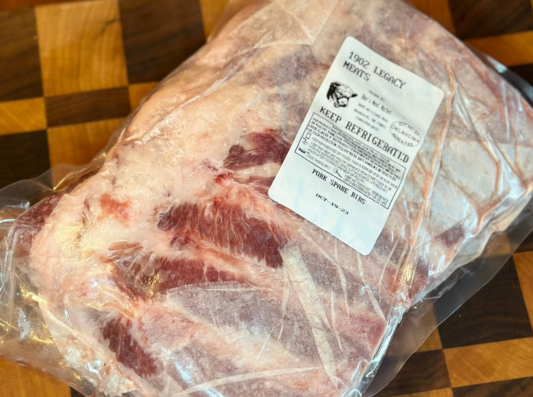Discover the secrets we shared on a local agriculture tour!
posted on
April 13, 2023
We talked with young ag students in the Fort Hayes State University Beef Production class during a local ranch tour. We came together with our friend Bill Barby, who implements the same practices that we do, to share with the students how we manage day to day practices of the ranch.
We wanted to share a little of what we talked about.
Cattle production: We discussed our yearly cattle plan. We calf in the Spring. Calves stay with mama cow on the grass to grow for almost a year. Cows are rebred in June. In the fall, when the grass goes dormant, we prepare to feed the cows to maintain their body condition. Then the cycle repeats itself year after year.
Grass management: We try to produce the most effective grass. Cattle prefer new grass instead grass seeded out. We use rotational grazing to improve the production of new fresh grass. If enough hoof impact, it will knock down dormant grass, leaving more room for new grasses to grow. If the rotation is executed correctly, the cattle will graze on the new grass consistently. You can learn more about rotational grazing in this blog post.
Soil: Soil can dry and crust leaving little room for new plants to grow. We use cattle to help break up the ground. Cattle walk on the crust and break it up, allowing fresh grass to grow. A large number of cattle grazing on a smaller piece of land will have a more significant impact because the animal waste will be denser and feed the plants. Cattle are moved around the pasture using rotational grazing to impact all the soil to grow grass.
Liquid Feed: We feed a supplement called liquid feed to improve cattle consumption of dormant grasses in the winter. The Feed is made of molasses, core steep liquor, and minerals. The supplement changes the gut of the cattle so that it will crave more grass. Learn more about Liquid Feed here.
Sea Salt: We give all our cattle a sea salt supplement that is left in the pasture for them to consume. This supplement improves the gut health of the cow. It removes toxins, lessens sickness for cattle, helps to lessen parasites, and helps improve the efficiency of digestion.
Ranching For Profit: Ranching For Profit (RFP) is a worldwide educational organization for ranchers and farmers. The tools we learned from RFP conferences, like rotational grazing, economic models, and drought plans, have impacted how we make decisions on our ranch.
Invasive Trees: Cedars and sagebrush are invasive. Cedar trees take up to 300 gallons of rainwater a year. Sagebrush will spread horizontally, decreasing the amount of forage that can grow. We burn our pastures every five years or so to kill these invasive species. We also cut all cedars with a skid steer to remove them from the fields.
We enjoyed sharing about our ranching practices and hope these students learned something new.
If you want to learn more about our ranching practices and how we raise the beef you eat, you can visit Our Ranching Practices page, check out one of the many blogs we have on how the ranch is managed, or simply reply to this email!



